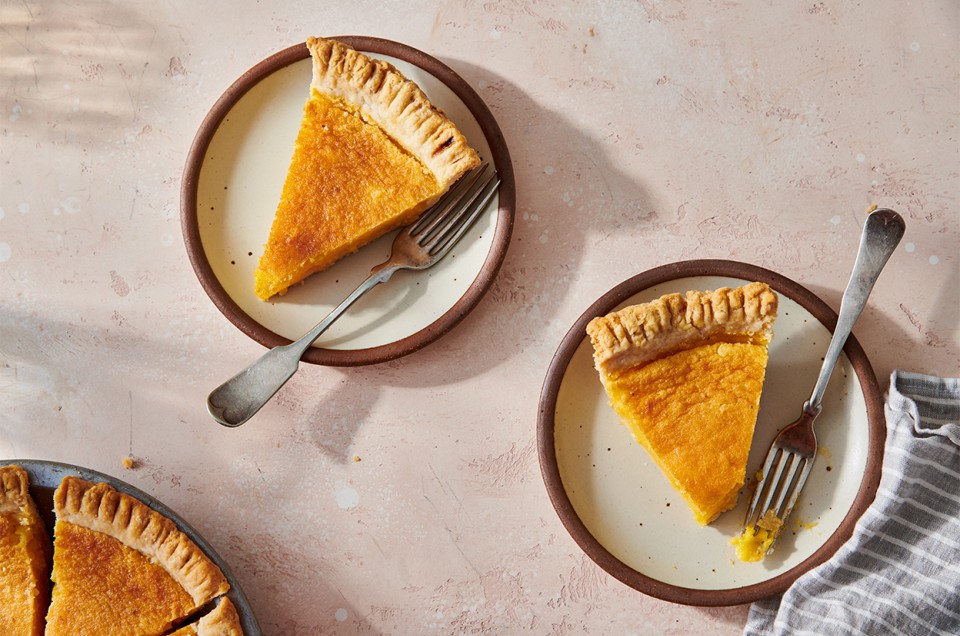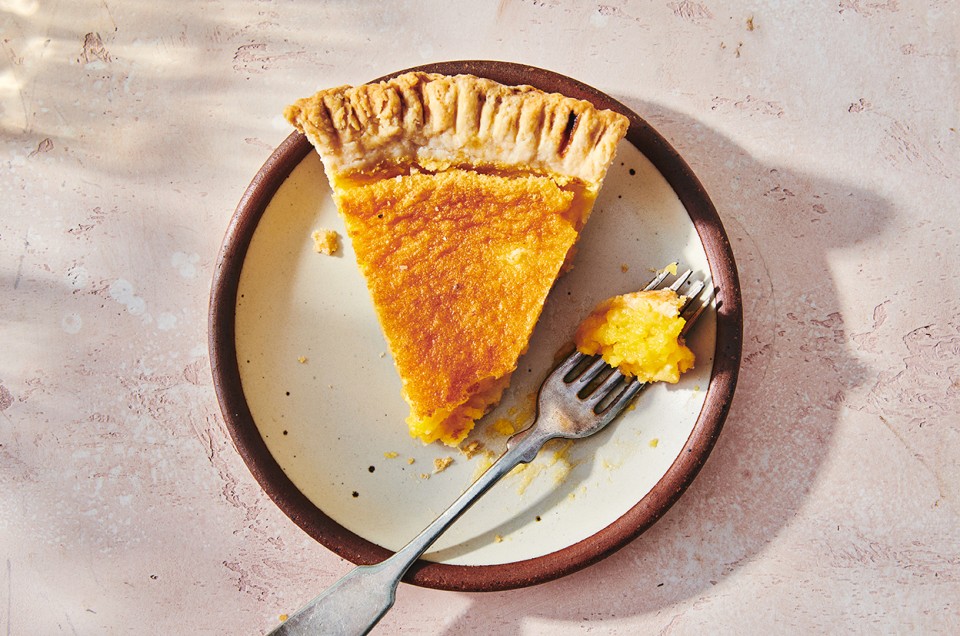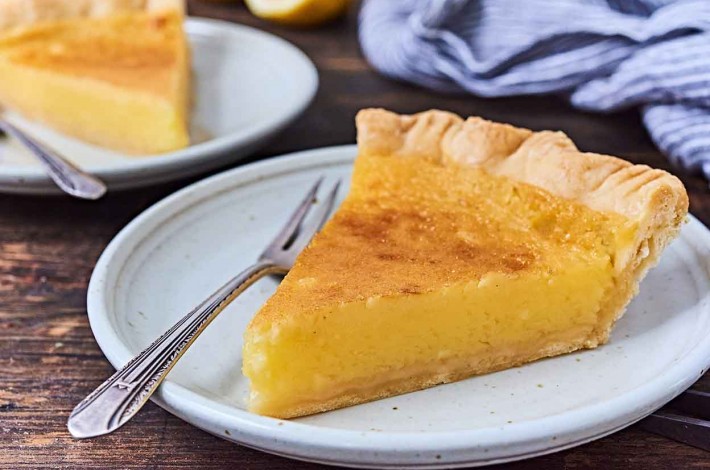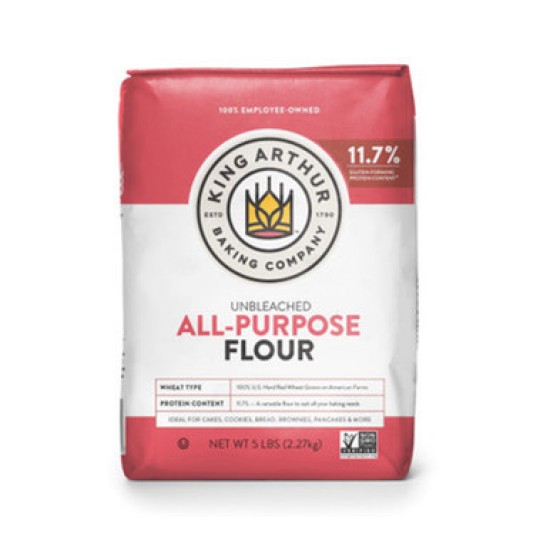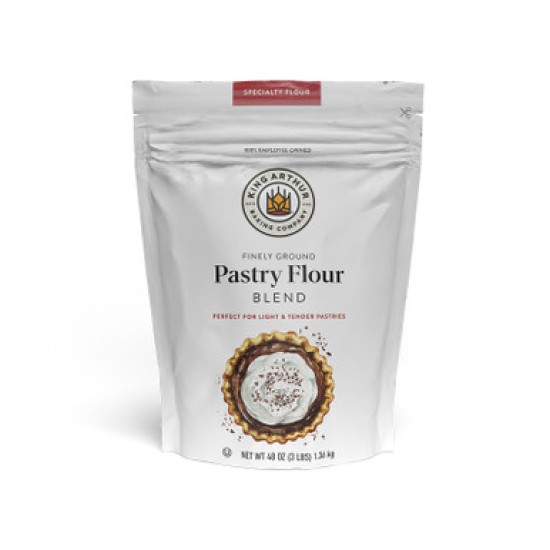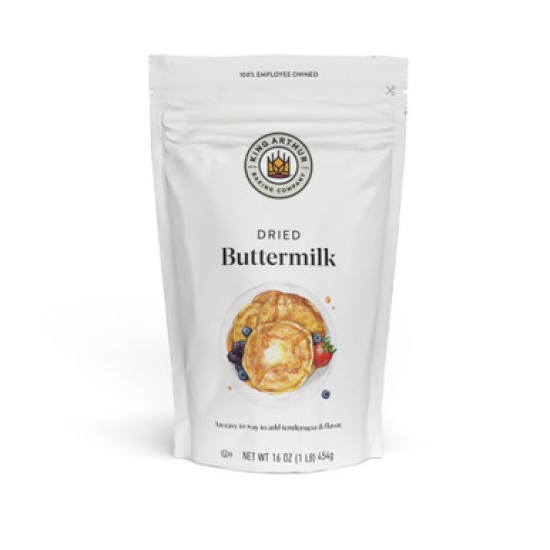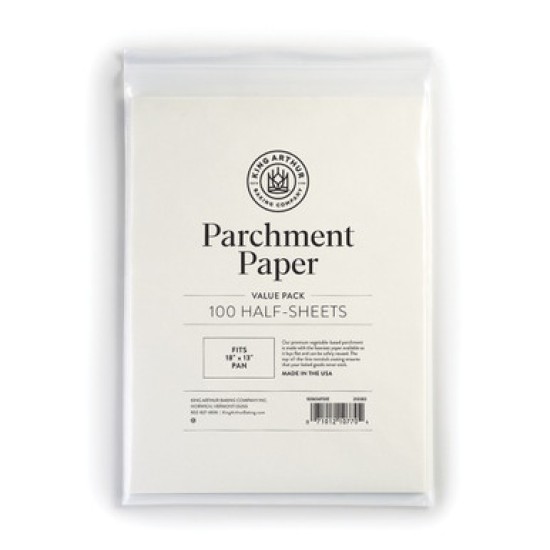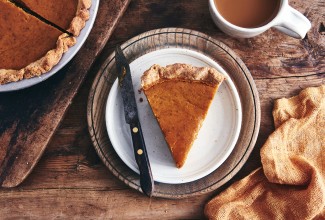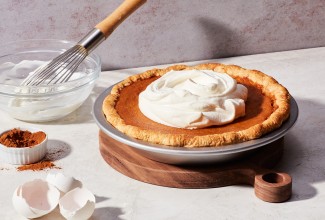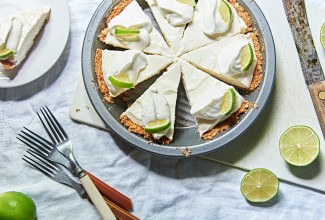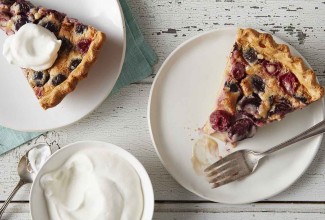-
To make the pie dough: Whisk together all of the dry ingredients. Work in the shortening until it's well combined. Slice the butter into pats and add it to the flour mixture, working it in until it's unevenly crumbly, with some larger pieces of butter remaining.
-
Sprinkle 3 tablespoons of the water over the dough while tossing with a fork. Just as soon as the dough becomes cohesive (i.e., you can squeeze it into a ball easily), stop mixing; there should still be visible pieces of fat in the dough. Add up to 2 additional tablespoons water, if necessary, to make the dough come together.
-
Flatten the dough into a disk and wrap it in plastic wrap. Refrigerate for 30 minutes or longer; this resting period allows the flour to absorb the water and the gluten to relax, making the dough easier to roll out.
-
Flour your work surface and roll the dough into a 12" x 9" (approximately) rectangle. If it isn't holding together well, sprinkle it lightly with a couple of teaspoons of water. Fold the dough into thirds (like a letter), then fold it into thirds the opposite way, to form a rough square. Wrap it well and refrigerate again.
-
To prepare the crust: Preheat the oven to 375°F.
-
When you're "ready to roll," remove the dough from the fridge. Dough made with a combination of butter and shortening should rest for about 5 minutes at room temperature before rolling; dough made with all butter will need a 15-minute rest.
-
Roll the dough to a 12" to 13" circle, and settle it gently into a 9" pie pan; the pan shouldn't be over 1 1/2" deep. Flute or crimp the edge of the crust as desired. Place the crust in the refrigerator (no need to cover it) while you make the filling.
-
To make the filling: Whisk together the cornmeal, cornstarch, sugar, and salt. Stir in the melted butter, then the lemon juice.
-
Add the whisked eggs, stirring until everything is well combined.
-
Pour the filling into the chilled pie shell.
-
Bake the pie on the bottom shelf of the oven for 45 to 50 minutes, or until the center is set. The top should be golden brown.
-
Remove the pie from the oven and allow it to cool before cutting and serving.
-
Storage information: Refrigerate any leftovers. Store in the refrigerator, covered, for up to 3 days.


